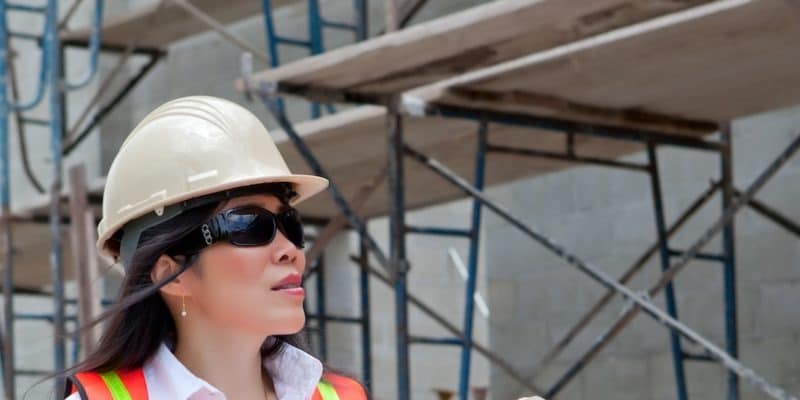Vicki O’Leary
March 23, 2018
Editor’s Note: This piece was written by Vicki O’Leary, who was appointed chair of the North American Building Trades Union (NABTU) Tradeswomen’s Committee after joining the International Association of Bridge, Structural, Ornamental and Reinforcing Iron Workers Union in 2016. She is a 32-year ironworker member from Local 1 in Chicago, and has bachelor’s and master’s degrees in labor and leadership. The opinions represented in this piece are independent of Construction Dive’s views.
It’s a time to celebrate the progress we have made in women’s rights but also time for reflection. We ought to stop and look back at the progress we have made or the lack there of. In many areas we have made progress but in many others, progress is rather illusive. Women are viewed as equal bread winners and they hold key positions in many industries. Does it mean that we have achieved gender equality?
Let’s turn to the construction industry. Despite the progress we have seen in the societal acceptance of women as equal breadwinners, capable leaders and successful entrepreneurs, in many industries such progress is less prevalent than others. Construction industry has a long history of sexism and discrimination against tradeswomen. In some cases, such treatment ended in tragedy such the fate of carpenter apprentice Outi Hicks, who was killed on the jobsite by a coworker.
An uphill battle
In the 21st century, it is shocking that women in the construction industry still face an uphill battle when it comes to advancement. But when you consider the root causes and statistics, it’s not such a shock.
Almost a third of women working in construction fear sexism will hold them back from the industry’s top jobs, a recent study by Royal Institute of Chartered Surveyors (RICS) found last year. The construction trades have long been among the industries with the lowest percentage of gender diversity in the workforce. Women represent only 9% of the overall construction workforce and 3% of the building trades.
Why does it matter? The construction industry is experiencing a dire skilled labor shortage and women make up half of the population and workforce. It’s intuitive to conclude that a large part of the solution to the skilled labor shortage is in the hands of the untapped talent – we need more tradeswomen! It’s that simple. If the construction industry doesn’t act promptly to address and mitigate sexism and breakdown gender bias, it wouldn’t just be hindering progress in closing the gender gap but also the skilled labor gap.

